Business and managers don’t earn profits they earn money. Profit is an
abstraction from the true, underlying movement of cash in and cash out. It
could be argued that profit is the result not the objective of an efficient
management.
On its own, as shown in a balance sheet, is not necessarily an accurate
measure of the success of a business. Profit figures are normally influenced by
factors quite distinct from the trading performance of a company. These for
example could include how research and development is treated in the accounts,
how stocks and work in progress are valued and how the flow of funds resulting
from investments and realization of investments are considered.
If we simplify, all you have to do in business is to make some stuff and
sell it to someone else for more than you paid for it. Indeed we are in
business to make money. Money earned with ethic, integrity and focused on the
social responsibility.
Profit improvement is about increasing the flow of money into the
business and reducing the flow of money out. It is not about maximizing an
abstraction called “profit” subject to many different influences.
So, the question is, which are the most important factors affecting
profit improvement? Experts working on managerial roles know very well: sales, costs and effectiveness.
The maximization of sales revenue
depends first on good marketing. There are two approaches to marketing. One
is to assess the market in terms of what existing and potential customers will
buy. This means an analysis of the existing wants and buying patterns along
with possible future needs. The other is to assess the scope for creating wants
which does not exists at the moment, by developing, for example, new product or
services. Good marketing also ensures that prices match what customers can be
persuaded to pay with the objective of maximizing contribution to profits and
direct overheads. Maximizing profit means getting the right balance between
high margins and high sales volume.
The second factor is the cost.
Cost, after all, does not exist by itself. It is always incurred. What
matters therefore is not the absolute cost level but the rates between efforts
and their results.
The approach to cost reduction should therefore be to distinguish
between those which are producing results and those which are not.
Indiscriminate focus and attack to all costs might be counter-productive. On a
selective basis it may be better to cut something out in one go and not series
of marginal cost reductions. Why trying to do something cheaply if actually it
should not be done at all.
On the third factor just to say the objective should be effectiveness
rather than just efficiency. To do the
right things rather than merely to do things right. This is something which
is well-known.
But what would be the areas to be focused on? On my view, as follows:
· Productivity- getting more for less, for example, return
on investment, or manpower, output per head.
·
Finance- tightening credit policies, cracking down bad
debts, controlling quantity and settlement discounts, optimizing cash holdings
etc. But most importantly the management team has to work as a real team in all
finance areas that might affect the business before taking any decisión.
·
Inventory, very typical- keeping the amount tied up in
working capital to the minimum consistent with the need to satisfy customer
demand.
·
Buying-ensuring competitive bids are obtained for all
new or renew contracts, specifying to buyers how they should do to get good
terms, resisting the temptation to over-order and having clearly laid down
policies on mark-ups.
Profit improvement should be a continuous exercise. It should not be
left until crisis forces you to think about it. Start with an analysis of your
current situation by doing a typical checklist. Look at the whole product range
for each market and assess the relative profitability and potential of all
products and markets. Use, for example, 80/20 rule to suggest the 20 percent of
your product/markets which generate 80 percent of your profits. Concentrate on
maximizing the effectiveness of the 20 percent of areas where the impact will
be greatest.
Identify those factors within the business which are restraining its
potential and, very well-know as well, convert
into opportunity what everybody considers dangers. So build on strengths rather
than weaknesses. Then look ahead.
Project trends, anticipate problems and, where needed, innovate so that your
company can challenge the future rather than being overwhelmed by it.
Your checklist should include:
·
corporate
analysis
·
strategic
plans
·
marketing
·
product
mix and development
·
sales
·
distribution
·
production
·
buying
·
inventory
·
productivity
·
people
·
finance
Finally remember, the best business survivors are, (honestly I don’t
think this view will be changed in the near future), first, those which can
deliver their products at the lowest cost and/or second, those which have the
highest differentiated position therefore having the product which the
customers perceive most clearly as being different from the competition to satisfy
their needs.
.






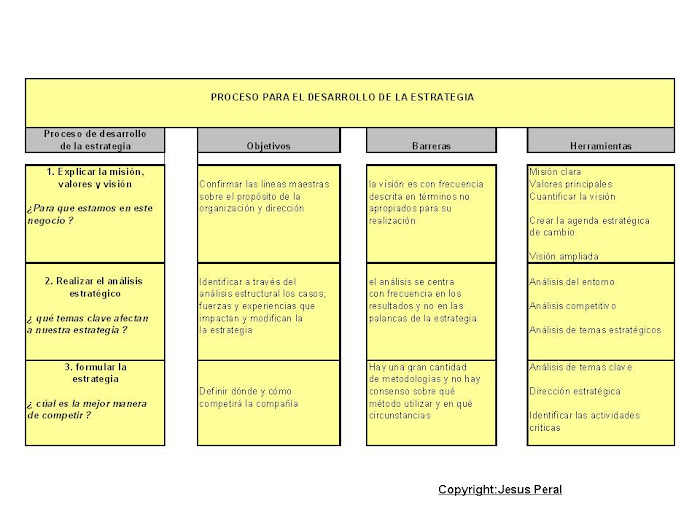

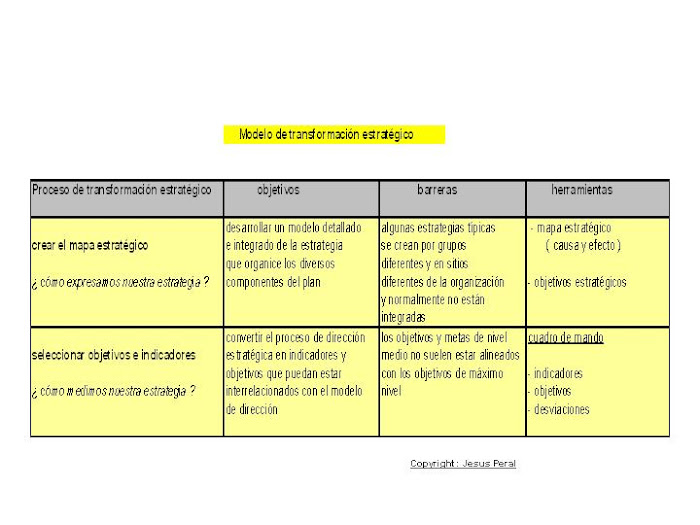
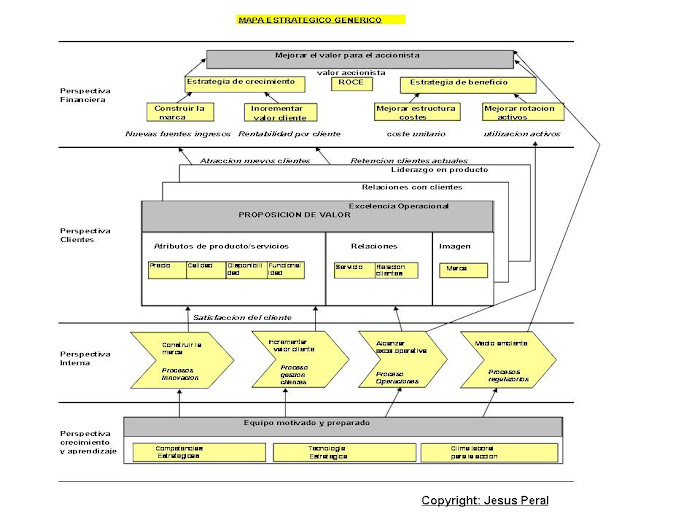

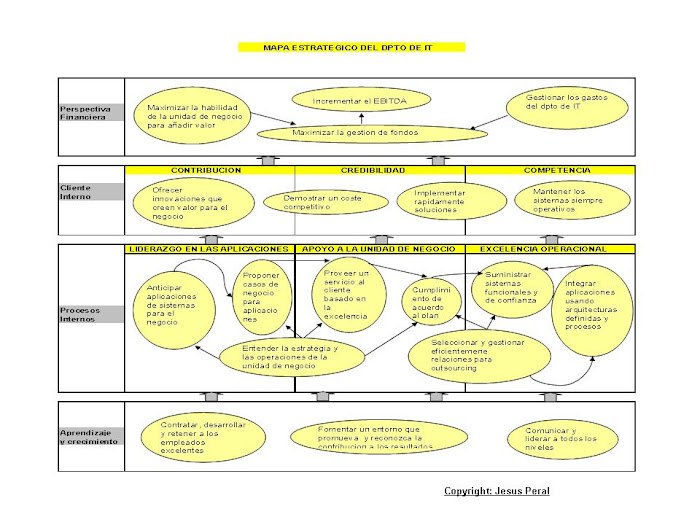

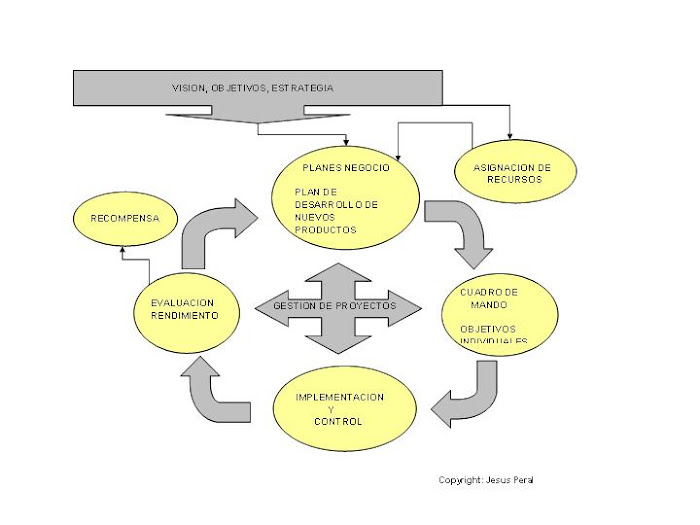

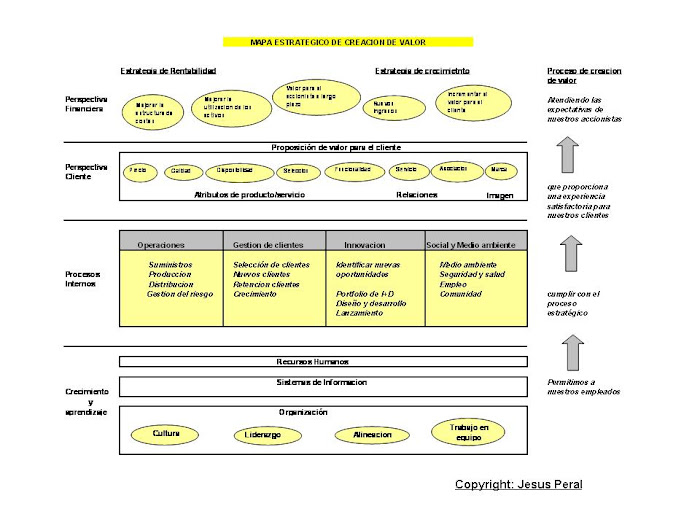




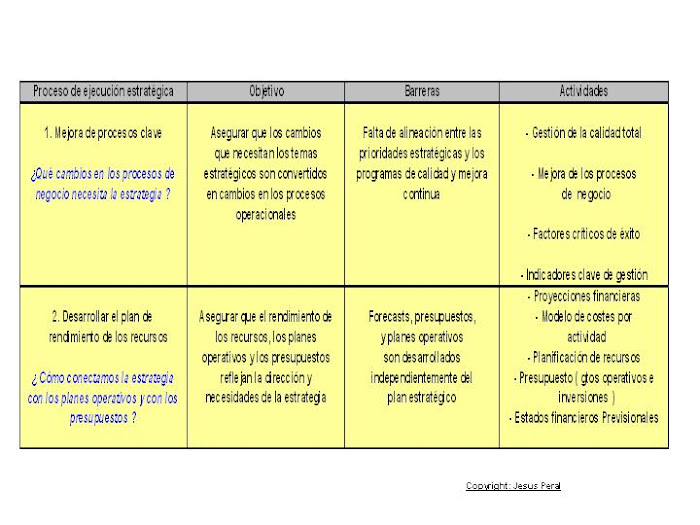
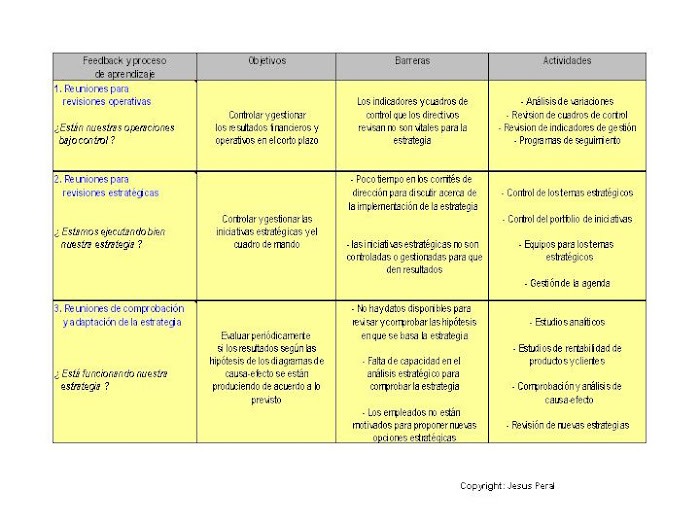


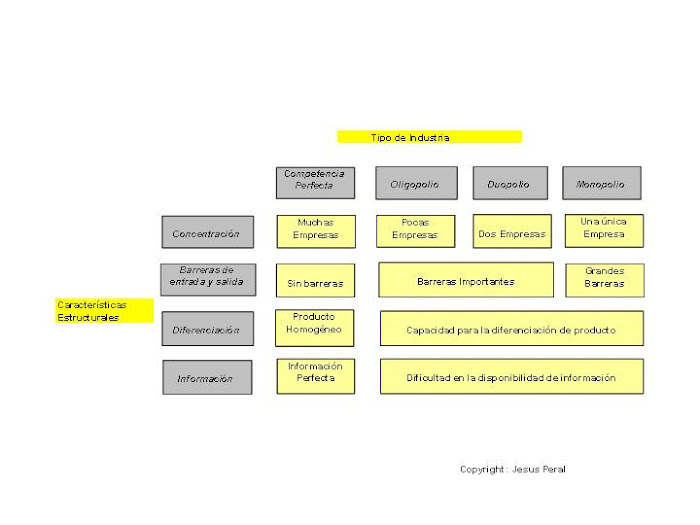

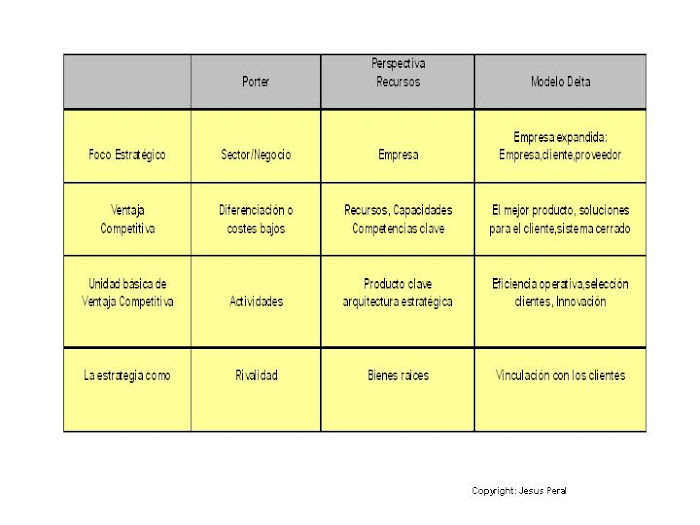
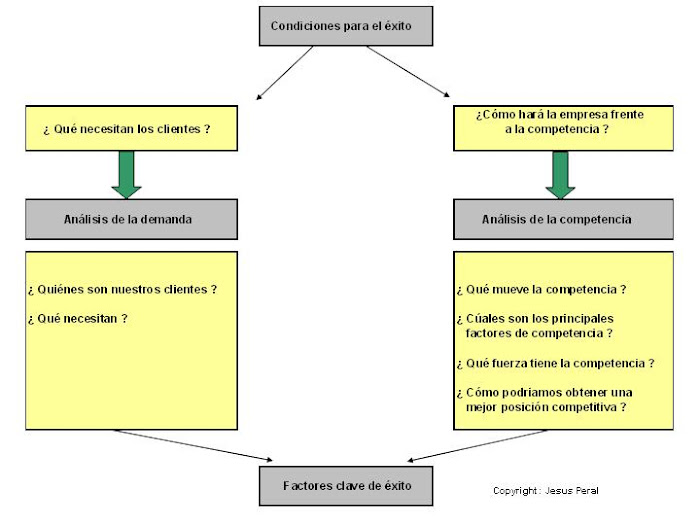
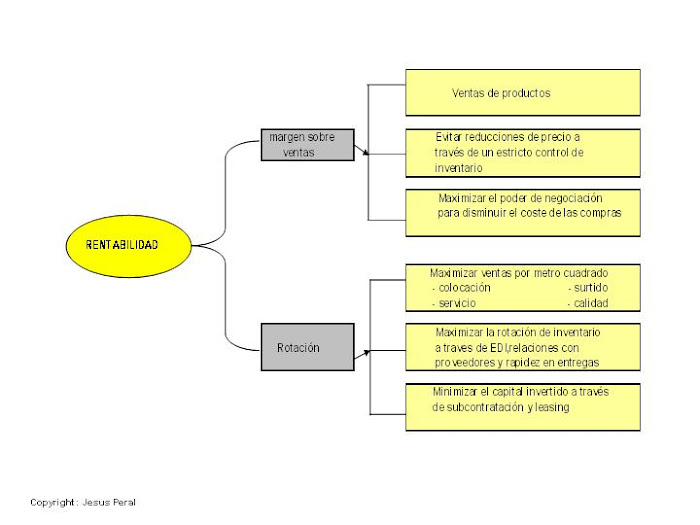





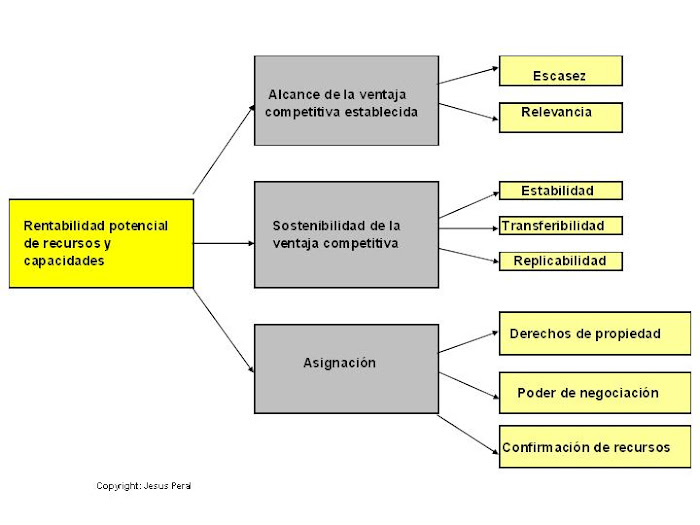

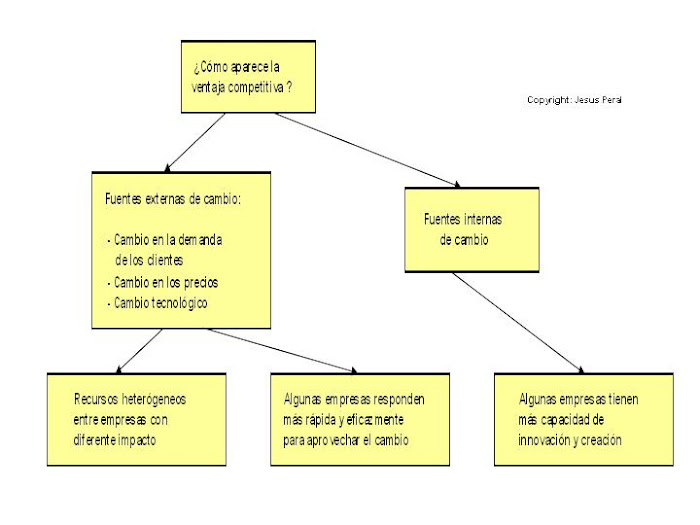

































No hay comentarios:
Publicar un comentario